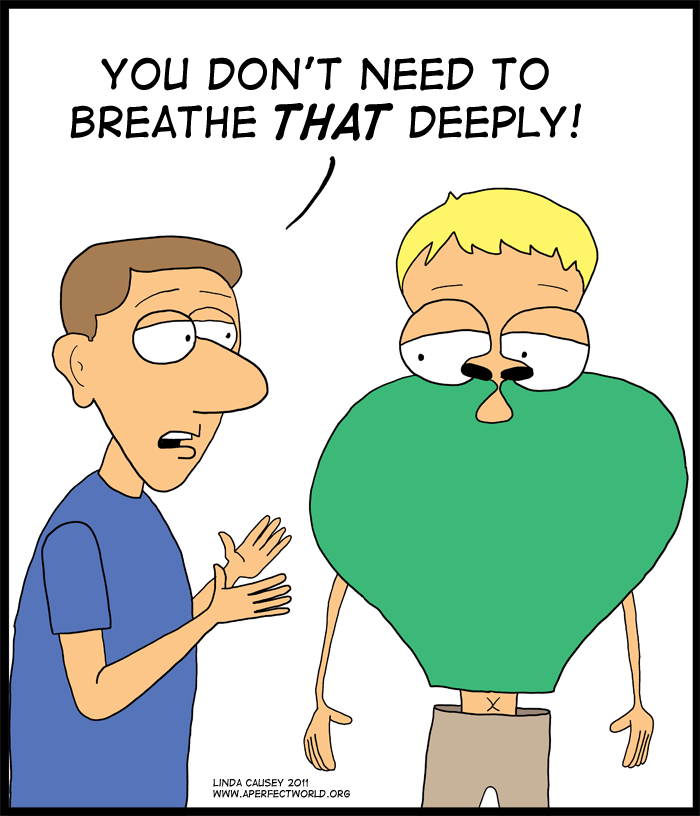 Since ARDS generally occurs due to a prior accident or disease, most patients who suffer from ARDS are already hospitalized. Therefore, most of the care will be performed by medical professionals in the hospital setting. Care providers will supply oxygen to the ARDS patient to increase oxygen levels in the blood. They may put the patient in a special chair designed to help with ARDS patients in order to help open up the airways. Care givers may also talk to their patient with a goal to relieve some stress or anxiety that the patient may be feeling. If you are interested in learning more about specific care for patients who suffer from respiratory conditions such as ARDS, I found these websites below to be very helpful. If any of the following questions apply to you, click on one of the following links:
Since ARDS generally occurs due to a prior accident or disease, most patients who suffer from ARDS are already hospitalized. Therefore, most of the care will be performed by medical professionals in the hospital setting. Care providers will supply oxygen to the ARDS patient to increase oxygen levels in the blood. They may put the patient in a special chair designed to help with ARDS patients in order to help open up the airways. Care givers may also talk to their patient with a goal to relieve some stress or anxiety that the patient may be feeling. If you are interested in learning more about specific care for patients who suffer from respiratory conditions such as ARDS, I found these websites below to be very helpful. If any of the following questions apply to you, click on one of the following links:- What happens when I breathe?
- How does ARDS effect my breathing pattern?
- What can I do to help manage any changes to my breathing?
- Can I get treatment, therapy or support?
- How do I find out more?
- https://www.google.com/url?sa=t&rct=j&q=&esrc=s&source=web&cd=2&cad=rja&uact=8&ved=0ahUKEwjL5LeI2rbJAhXCpIgKHSUxDtkQFggqMAE&url=http%3A%2F%2Fwww.mndassociation.org%2Fwp-content%2Fuploads%2F2015%2F07%2F08A-Support-for-breathing-problems.pdf&usg=AFQjCNFgBNbSWRvWfoGF3NK2w0HuZq3a1A
- https://www.blf.org.uk/Page/conditions
- https://www.nlm.nih.gov/medlineplus/ency/article/000103.htm
https://www.google.com/url?sa=t&rct=j&q=&esrc=s&source=web&cd=2&cad=rja&uact=8&ved=0ahUKEwjL5LeI2rbJAhXCpIgKHSUxDtkQFggqMAE&url=http%3A%2F%2Fwww.mndassociation.org%2Fwp-content%2Fuploads%2F2015%2F07%2F08A-Support-for-breathing-problems.pdf&usg=AFQjCNFgBNbSWRvWfoGF3NK2w0HuZq3a1A, https://www.blf.org.uk/Page/conditions, https://www.nlm.nih.gov/medlineplus/ency/article/000103.htm
Treatment for Acute Respiratory Distress Syndrome
Treatment for ARDS is initiated as soon as possible to reduce the risk for death and to help prevent additional damage to the lungs and other organs. The goal is to treat the underlying condition and keep the patient alive and breathing.Mechanical Ventilation to Treat ARDS
In most cases, keeping the patient alive requires mechanical ventilation. With ARDS, the breathing muscles (i.e., diaphragm and other muscles in the chest) become fatigued very quickly and can stop working in their effort to get oxygen into the body.- See more at: http://www.healthcommunities.com/ards/treatment.shtml#sthash.rI31WUTa.dpuf
Treatment for Acute Respiratory Distress Syndrome
Treatment for ARDS is initiated as soon as possible to reduce the risk for death and to help prevent additional damage to the lungs and other organs. The goal is to treat the underlying condition and keep the patient alive and breathing.Mechanical Ventilation to Treat ARDS
In most cases, keeping the patient alive requires mechanical ventilation. With ARDS, the breathing muscles (i.e., diaphragm and other muscles in the chest) become fatigued very quickly and can stop working in their effort to get oxygen into the body.- See more at: http://www.healthcommunities.com/ards/treatment.shtml#sthash.rI31WUTa.dpuf
Treatment for Acute Respiratory Distress Syndrome
Treatment for ARDS is initiated as soon as possible to reduce the risk for death and to help prevent additional damage to the lungs and other organs. The goal is to treat the underlying condition and keep the patient alive and breathing.Mechanical Ventilation to Treat ARDS
In most cases, keeping the patient alive requires mechanical ventilation. With ARDS, the breathing muscles (i.e., diaphragm and other muscles in the chest) become fatigued very quickly and can stop working in their effort to get oxygen into the body.- See more at: http://www.healthcommunities.com/ards/treatment.shtml#sthash.rI31WUTa.dpuf
No comments:
Post a Comment